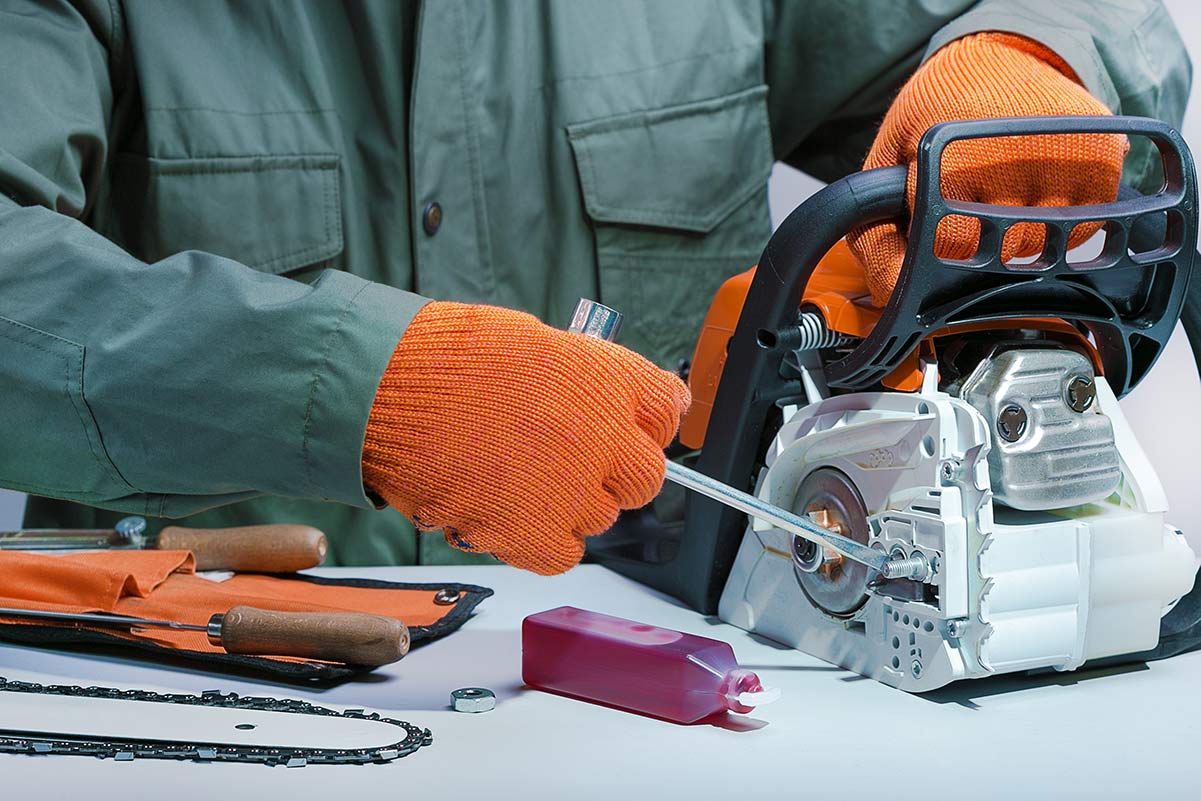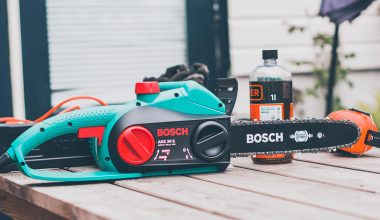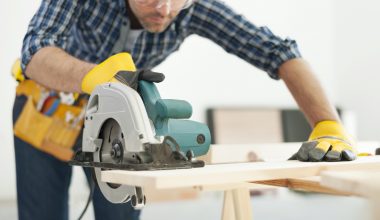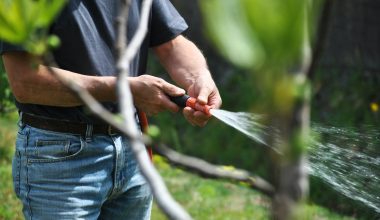Chainsaws are fantastic pieces of equipment and should last for many years to come. However, a good chainsaw maintenance program is essential to keep the saw running safely and efficiently.
There are lots of guides on how to sharpen your chain and perform regular maintenance. This guide is instead intended to help you perform seasonal maintenance and should be done once a year. A good quality gas chainsaw should last 10 years or more if you look after it!
Seasonal Chainsaw Maintenance Tips
Workshopedia’s top tips to keep your chainsaw running smoothly year after year.
Check the Bar
With the chain removed, inspect the chainsaw bar. You’re looking for any signs of burrs that could prevent the chain from moving smoothly along the bar. These are easy to spot, and if you find any, you should carefully file them down with a small flat file.
Next, clean the groove on the chainsaw bar and check it is free of debris. Small wood chips, dirt, grime, and even small stones can get in there causing damage to the bar and chain. While you clean the groove, also check the chain oil lubrication hole is clean and clear to dispense oil onto the chain.
Setting the Chain Tension
Now you can replace the chain back onto the saw. Carefully place it over the sprocket, and begin to tension the bar using the tensioning screws. You should be able to lift the chain slightly off the bar, but it should snap back after you let go. Check the chain can move freely. Once correctly tensioned, you can go ahead and tighten up the bar.
The process is the same for battery and corded electric chainsaws as well. You might want to sharpen your chain with a proper chainsaw chain grinder before replacing it.
Chainsaw Engine Maintenance
Oil, Fuel & Air Filters
You should check your filters every season, and you might be surprised just how quickly they fill up with dirt and grime!
Beginning with the air filter, remove the cover on the back of the saw to expose the air filter. How you clean it will depend on what type of air filter you have, but generally brushing any dirt away with a soft dry brush is a good way to go. Replace the air filter carefully and then put the cover back on.
Next up, check the oil and fuel filters. Sometimes you’ll be able to remove and clean these – sometimes you’ll just have to go ahead and replace them entirely. Their location depends on your saw – have a look at the instruction manual and it should be clearly indicated.
Check the Spark Plug
Finally, you should check the spark plug. A faulty spark plug is not an uncommon reason for a saw to not start. To do this, you’ll need a spark plug tester – which are commonly available at automotive stores.
Pull off the cover on the rear of the spark plug (they are normally easily accessible). Now unscrew the spark plug using a spark plug spanner, which is a special type of spanner designed for removing spark plugs. Put the tester on the spark plug and check it is working. Give it a clean and then replace it back in the chainsaw.
Top Off Fluids
Now you can top off the fuel (most chainsaws use 50:1 2-cycle fuel), and the chain oil. Now you can sharpen the chain if necessary and check the chain brake.
To check the brake, first apply it when the chain saw isn’t running. Does the chain move? If it does, the brake is faulty and you need to get this fixed before you use the chainsaw – otherwise it can be extremely dangerous. If it doesn’t move, then start the saw, rev it, and apply the brake again. Does it stop the chain effectively? Again, if it doesn’t, you should take it to a specialist to repair the chain brake.
Finally, quickly check that oil is being properly dispensed onto the chain. With the motor running, hold the saw over a rag or piece of white paper, about 1 foot away. Rev the saw, and you should see oil splattered across the rag or paper.
Winterizing Your Chainsaw
Chainsaws are very seasonal, so it’s important to winterize your chainsaw properly before you put it away for several months. Drain any fuel left in the saw, and replace it with a winterizing fuel containing special additives. This will greatly improve its starting next time around! Finally, give the chainsaw a really good clean, and remove any wood debris. You should be good to go for next season, ready for you and your chainsaw chaps!






